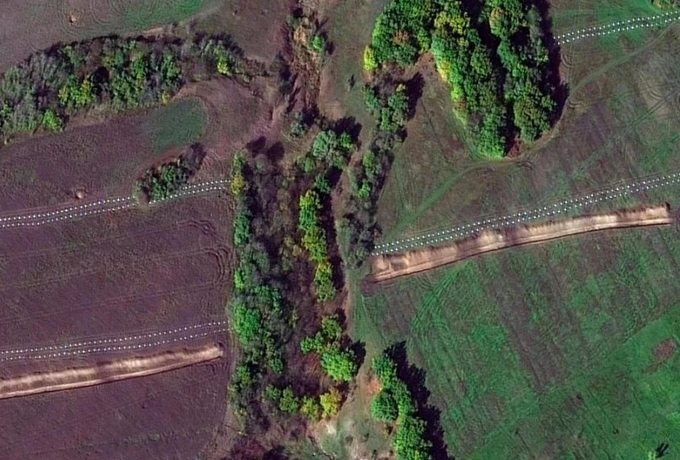
Russia strengthens defenses for territories it has controlled in Ukraine (Photo: El-Pais).
Analysts say that no such defense line has been built or seen in Europe since 1945. The defense line that Russia is building in Ukraine could be similar to the Siegfried Line or Gothic Line in Italy, both of which were built by the German army before and during World War II. It is a combination of trenches, anti-tank ditches, dragon's teeth (reinforced concrete obstacles used to stop advancing armored vehicles), machine gun bunkers and bunkers forming an 800km-long defense line to protect Russian-controlled territory in Ukraine.
This massive defense line has been built by Russian forces since last summer, intended to thwart an expected Ukrainian counterattack. Against this backdrop, Kiev’s allies have accelerated the delivery of heavy armor designed precisely to break through such defenses.
Ukraine’s armed forces are clearly facing huge obstacles in retaking territory controlled by Russia since the conflict broke out in February 2022. Kiev’s counteroffensive will require far more troops, tanks and air support than the counteroffensive last summer and fall in Kherson and Kharkiv provinces.
At that time, the Russian army was in retreat and had no time to dig solid defenses. Ukrainian forces launched a counterattack, in which small infantry units used lightly armored vehicles to break through the Russian defenses. Kiev's strategy in those counterattacks was based on NATO military doctrine, giving autonomy to battalion commanders on the ground, accompanied by high-precision artillery attacks on Russian supply lines and rear areas.
The situation facing the Ukrainian army today is much more complex. Across Russian-controlled territories, on the front lines and in the cities behind them, Russia has erected a series of defensive barriers not seen in Europe since World War II.
Javier Jordan, a professor of political science at the University of Granada in Spain and director of defense analysis firm Global Strategy, and Stephen Biddle, a professor at Columbia University, made the comparison in a study published last November. “There is no qualitative difference in these defense structures compared to World War II,” he said.
Multi-layered defense system
This modern version of the Siegfried Line stretches from Russia's border with Ukraine's Lugansk Oblast to the Moscow-controlled territories of Donetsk and Zaporizhia, following the Dnipro River past the city of Kherson once recaptured by Kiev and ending at the gateway to the Crimean peninsula.
Russia has also fortified the cities it controls, turning them into strongholds behind its lines, meaning Ukrainian forces will have to attack and retake them one area at a time, to avoid leaving Russian troops behind in their own rear, according to John Helin, a Finnish historian and military analyst.
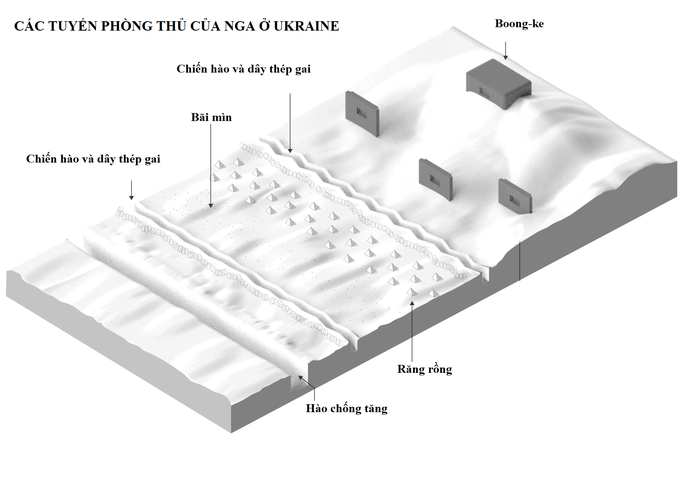
Simulation of Russia's multi-layered defense system in Ukraine (Graphic: El Pais).
The Russian defensive barriers are similar to those deployed 80 years ago, though easier to overcome, Helin said. For example, the dragon’s teeth are not dug into the ground as they were in World War II, but are placed on the surface and can be easily removed with a digger. The bunkers are similarly designed, without underground foundations or solid walls. They are prefabricated and placed mainly along roads to serve as cover for snipers.
However, according to the assessment of the British Ministry of Defense intelligence agency, Russia's defense line remains very strong, especially on the Zaporizhia front, where Ukraine is expected to counterattack towards Melitopol and the Sea of Azov.
In Zaporizhia and the Russian-controlled area of Kherson province (southern Ukraine), Russia built three parallel defense lines 120km long, each about 15km apart and all following the same system: the first line of trenches with barbed wire, preceded by minefields, then dragon teeth, anti-tank trenches.
Ukraine appears to be considering an amphibious assault on its southern front, across the Dnipro River, an option that most experts say is unlikely. The governor of the Kherson region, Vladimir Saldo, said Kiev was amassing amphibious forces on the western bank of the river.
Experts Jordan and Helin emphasized that attempts to attack numerous trenches, minefields and obstacles with machine gun nests would be ineffective without adequate artillery support.
On the Ukrainian side, to prepare for the counterattack plan, the country's officials have called on the West to speed up and increase the scale of aid to them. In addition to tanks and air defense systems, Kiev also needs modern Western fighter jets. However, so far, the US and its allies are not ready to transfer modern Western fighter jets to Kiev.
Source

























![[Photo] Prime Minister Pham Minh Chinh receives Australian Foreign Minister Penny Wong](https://vphoto.vietnam.vn/thumb/1200x675/vietnam/resource/IMAGE/2025/8/20/f5d413a946444bd2be288d6b700afc33)
![[Photo] Politburo works with Standing Committees of Lang Son and Bac Ninh Provincial Party Committees](https://vphoto.vietnam.vn/thumb/1200x675/vietnam/resource/IMAGE/2025/8/20/0666629afb39421d8e1bd8922a0537e6)
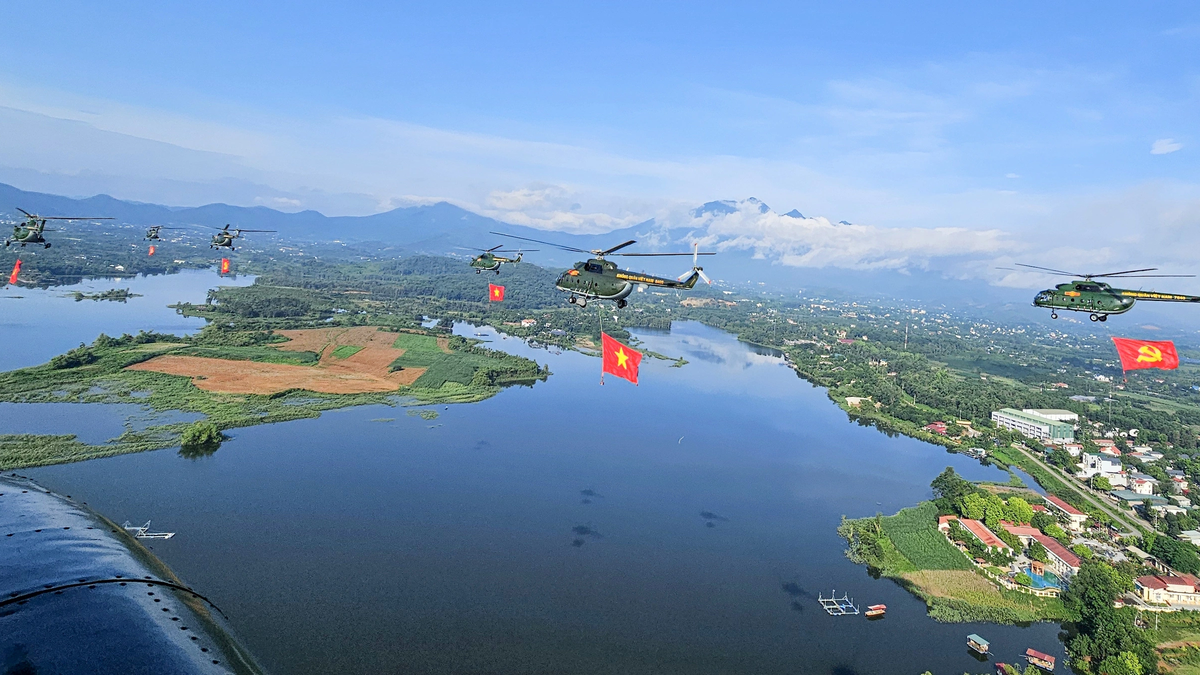
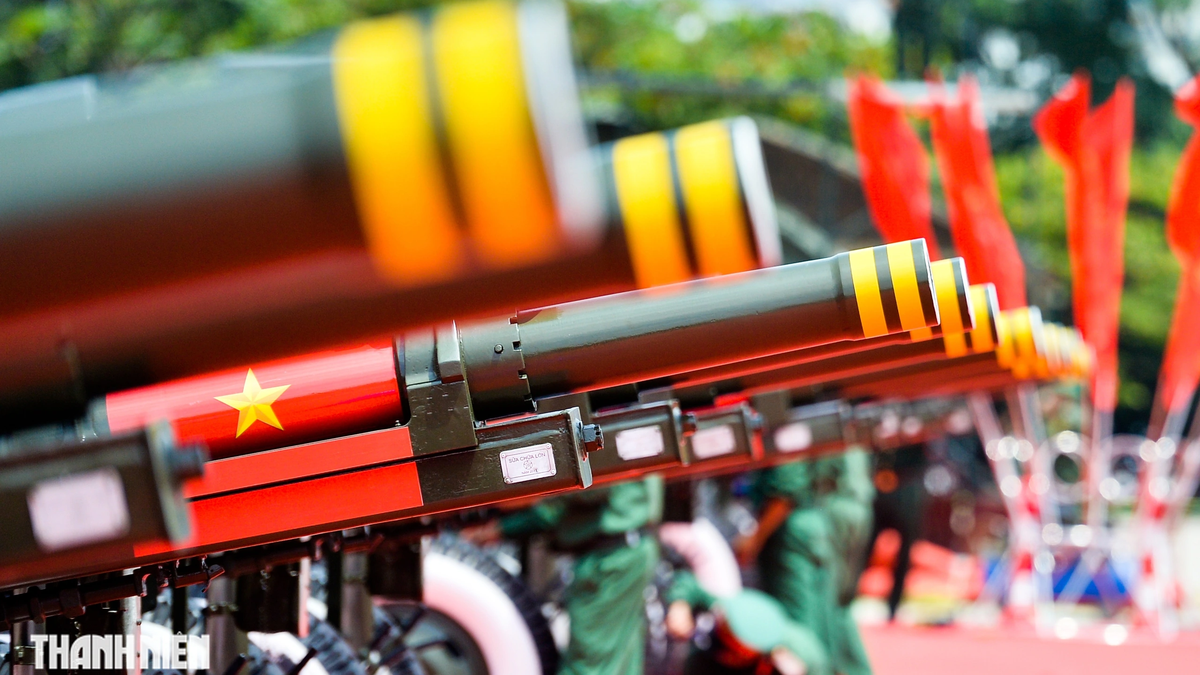
![[Photo] An Phu intersection project connecting Ho Chi Minh City-Long Thanh-Dau Giay expressway behind schedule](https://vphoto.vietnam.vn/thumb/1200x675/vietnam/resource/IMAGE/2025/8/21/1ad80e9dd8944150bb72e6c49ecc7e08)

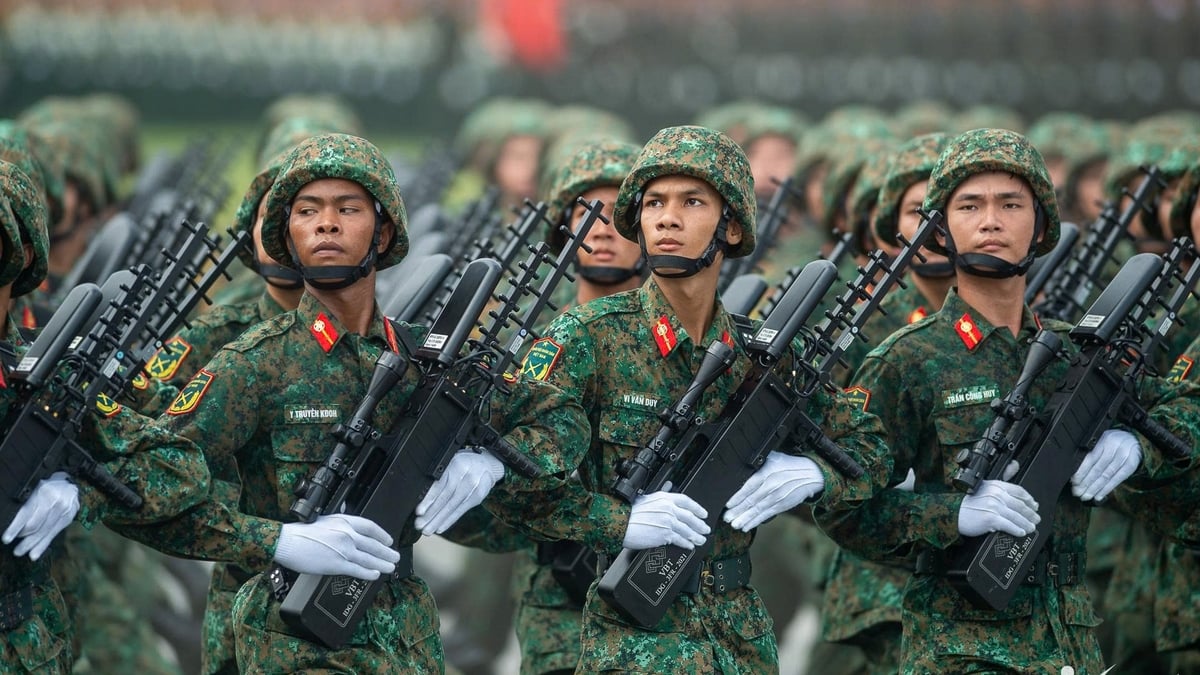




















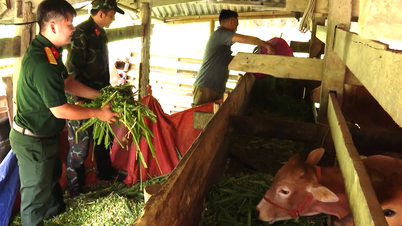















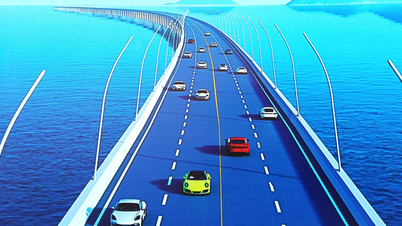



































Comment (0)